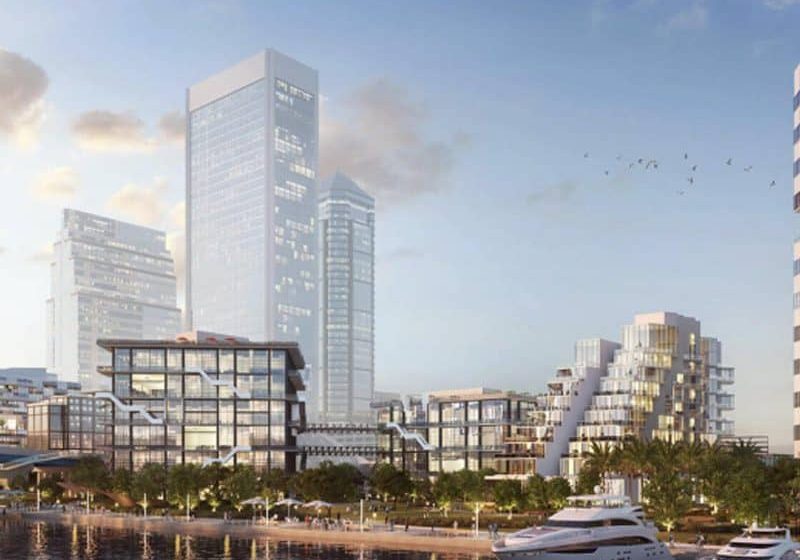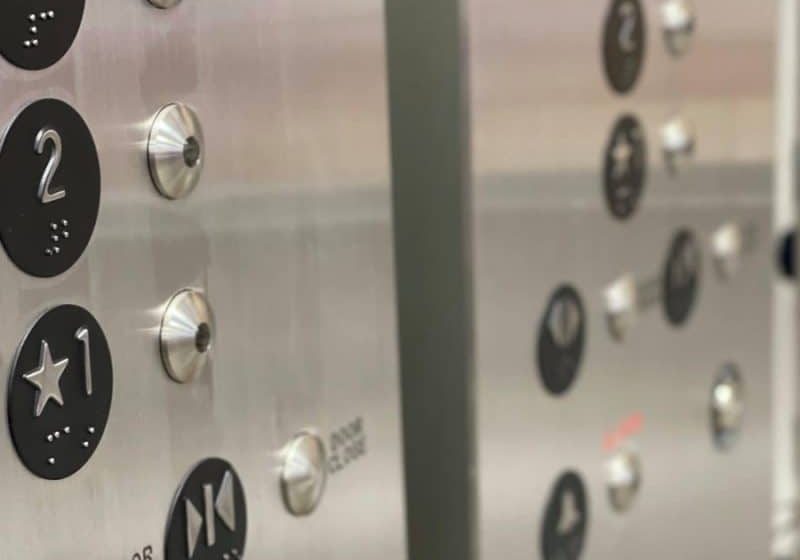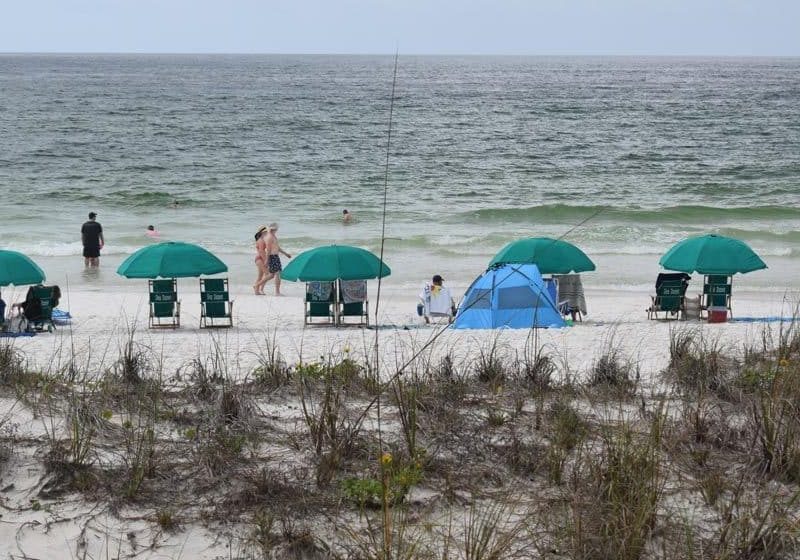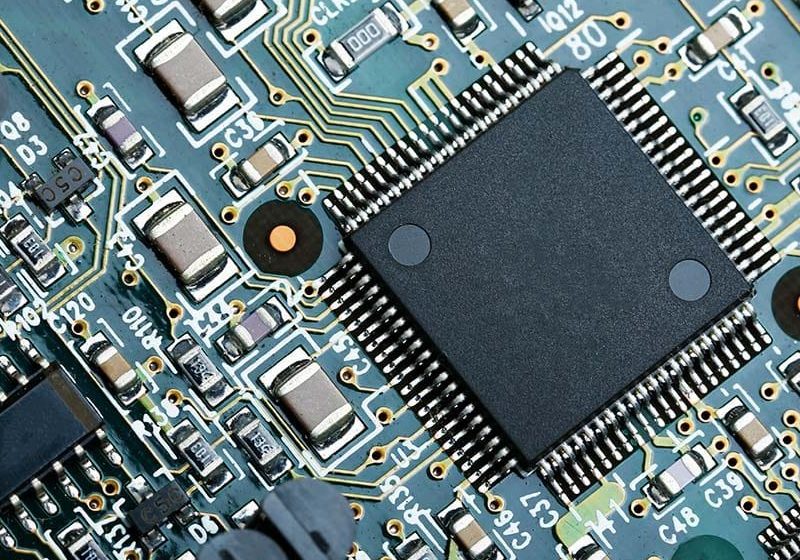Full Steam Ahead
Aug 1, 2021

Gustavo Paredes (GP), Schindler senior vice president, U.S. Area South, shares an in-depth look at the dynamic and growing region with your author (KW).

KW: Please provide a brief overview of Schindler’s presence in the U.S. South.
GP: Schindler has a long-established presence in the South through the acquisitions of Haughton in 1979 and Westinghouse in 1989. Schindler’s presence has now grown to include 18 offices across the region and approximately 1,700 employees.
KW: How is business now compared to years past, and what are the main business drivers?
GP: The year 2020 was one of change in all industries, driven primarily by the pandemic. In our industry, we had to demonstrate resilience in our traditional service approach while innovating to address changing business needs. During the height of the COVID-19 crisis, our services became even more critical. Customers expected faster response and delivery, which, in turn, required us to be even more efficient. Alongside the pivotal need for speed and reliability was an expectation for clean mobility — from both customers and employees. As safety is our highest value, our investment in R&D increased, leading to advanced hygiene and anti-microbial solutions such as ElevateMe (mobile application) and the CleanAir Ion and Schindler Ultra UV Pro (disinfection systems).
The pandemic notwithstanding, our business in the South has become much more dynamic than in years past. Customers in the region are more curious and educated about the latest technology offerings for their buildings. They now proactively come to us to inquire as to what kinds of innovations we are working on and how we can integrate elevators and escalators into their smart building systems. Our destination dispatch technology — named PORT, or Personal Occupant Requirement Technology — continues to be our standard traffic-management solution, adding the benefit of touchless operation. It has been further enhanced with the introduction of myPORT, which allows building owners much greater security.
Our post-construction services are also evolving. Adaptive maintenance is part of our transformation as customers connect more of their equipment via Schindler Ahead — our suite of digital solutions combined with remote technical operations centers. This digitalization will not only enhance how we respond to service calls, but also change the way our entire business — and the broader vertical-transportation (VT) industry — handles operations.
Other notable changes we’re seeing in the South include an increased concern about code changes. Buildings are really buckling down to ensure public safety, which comes as no surprise after tragedies like the recent condo tower collapse in Surfside, Florida.
In terms of our new installation business, the South continues to experience growth across the board. Cities like Nashville and Austin are seeing significant amounts of new construction, while the market in Florida is seeing significant demand in both new mixed-use construction and modernization. Buildings are looking to upgrade their equipment to become more attractive to tenants, driven by rising populations. While paused during the pandemic, similar investment in public transit and airport infrastructure have also increased in tandem with the population as Southern cities seek to establish themselves as innovative destinations with increased connectivity, both domestically and internationally.
Despite the uncertainty the pandemic brought, most of the southern U.S. remained resilient throughout this period. Construction-wise, cities such as Atlanta, Charlotte and Nashville barely slowed down.
KW: Which cities in the U.S. South are business hotspots right now and why?
GP: Cities like Houston, Dallas and the Tampa Bay/South Florida area have experienced significant growth over the past year due to a variety of factors. Large populations — and businesses — have relocated to the Southern states due to factors such as cheaper housing, lower taxes and space availability, to name a few. Austin and Houston are among the fastest-growing markets in the country, as tech companies such as Oracle and HP relocate their headquarters there. Miami has also started catering to the tech community to lure investment. Although cities in South Florida have always been big in construction, and it is still a healthy market, it is not yet at pre-COVID levels. Slightly north, we have continued to see growth in downtown Tampa over the past few years.
Other major hotspots include Charlotte and Atlanta, which are attracting significant investment due to incentives as well as talent availability for the quickly expanding healthcare and technology industries.
KW: How did the U.S. South fare/how is it recovering from the pandemic, VT-wise? Are people returning to office towers?
GP: Despite the uncertainty the pandemic brought, most of the southern U.S. remained resilient throughout this period. Construction-wise, cities such as Atlanta, Charlotte and Nashville barely slowed down. Looking forward, while leased space needs are reduced now compared to pre-pandemic, we suspect we will see people returning to offices as companies slowly ask employees to come back, albeit, flexibly.
In Texas, for example, Class-A office building capacities are ramping up and expected to reach levels of 65-70% during the next quarter. Hotels and retail are also steadily making a comeback as vaccination rates increase, helping people feel comfortable in shared spaces once again. Barring any new COVID-19 concerns, we expect this trend to continue, and we will support clients with our touchless and CleanMobility solutions.
Be it the warmer weather, lower taxes or cost of living, the South has always been attractive. With growing acceptability of a flexible work culture, as well as companies moving to or opening offices in the region (such as Apple opening a campus in the Research Triangle Park/Raleigh area of North Carolina), the reasons people want to migrate here are not hard to identify.
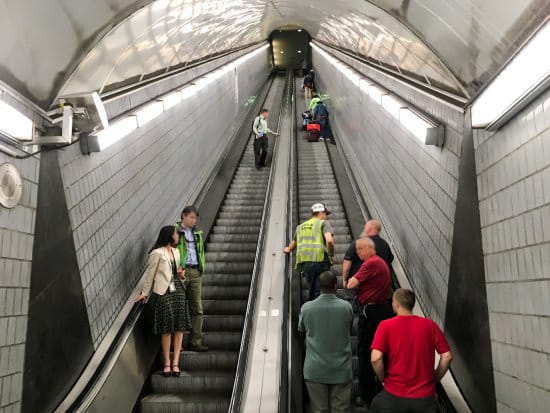
KW: Please provide an example or two of recent or current projects in the South of which Schindler is proud.
GP: Major projects in the South include MARTA (Metropolitan Atlanta Rapid Transit Authority), the Legacy Tower development in Charlotte and Millennium Tower, an office building in Houston that includes the installation of our PORT destination dispatch technology.
KW: What is your business outlook for the South over the next five years?
GP: For us, the South was a key growth region even before the pandemic. Post-pandemic, we see the growing trend of population migration, as well as significant investment from the tech sector and associated services driving both residential and mixed-use construction. This migration of organizations and people is promoting the growth cycle. With more people, there will be more economic and infrastructure development, e.g., local transportation, airport expansions, hotels, etc.
In terms of existing buildings, the need for modernization and technology upgrades will only continue to grow as buildings compete for new tenants seeking the latest technologies that promote safety, advanced hygiene, efficiency and personalization. However, our largest ambition is around rider-focused innovations. We foresee connectivity investments in facility-management-focused technologies, like Schindler Ahead. As we digitize more existing units, we will be able to provide better experiences for customers and riders. Our digital-services platform allows operators to get real-time information about their VT units’ health, while, at the same time, supporting our technicians.
Get more of Elevator World. Sign up for our free e-newsletter.


